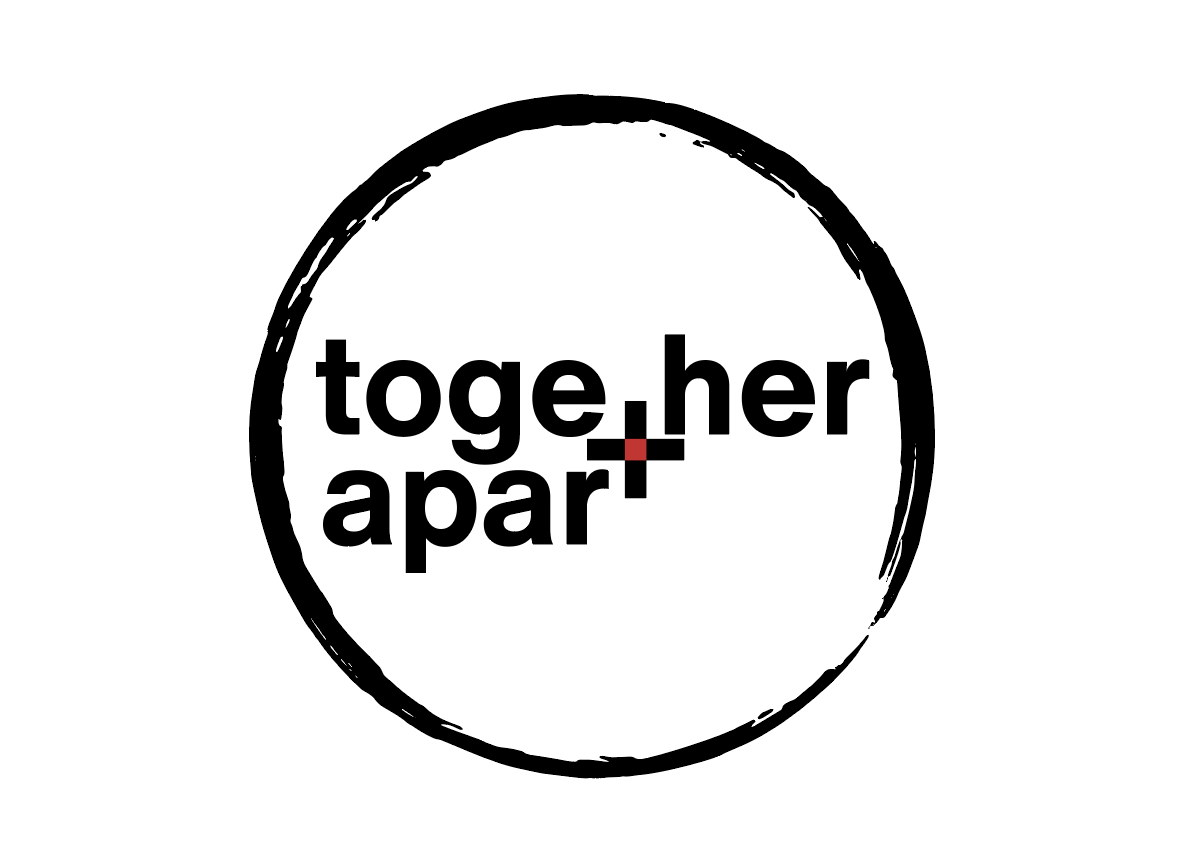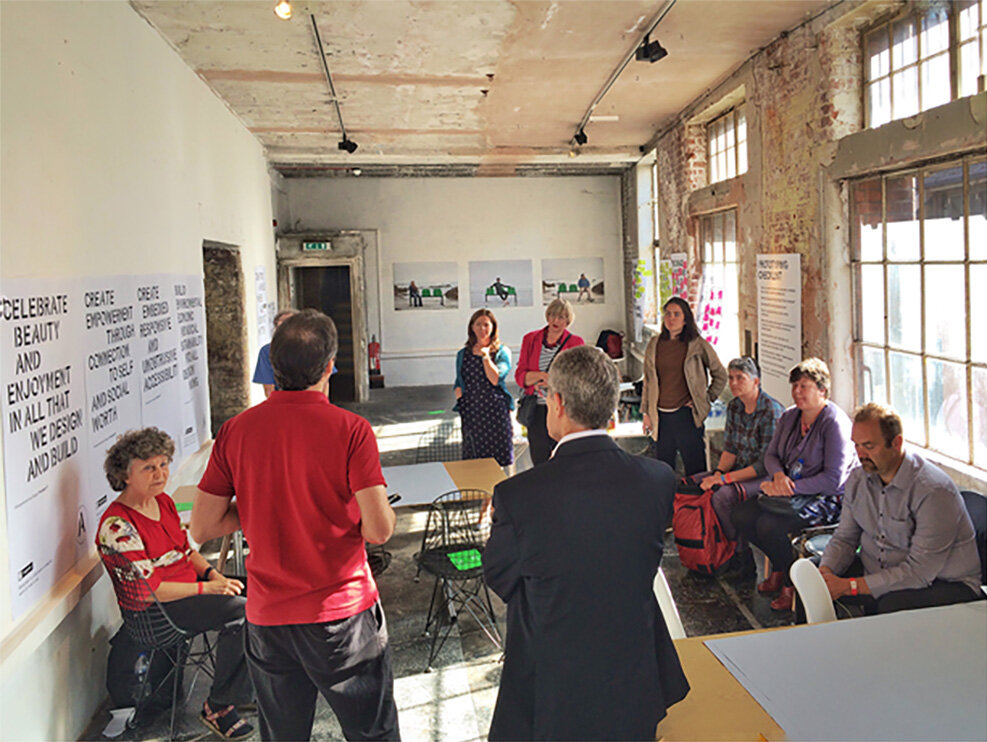Design & Develop
This week’s challenge includes:
Research and discover issues that relate to your locality* and post them on the Ideas Wall.
REVISED: Direct engagement is encouraged, to identify potential issues, although we understand this is unlikely in the current situation. Show evidence of reaching out, by conducting an email or letter, although we appreciate you may not get a reply.
Distill your research to identify one issue you would like to resolve and reveal through a visual outcome.
Write a short 200-word project brief that reports on the issue to be solved.
Design and produce a visual summary to contextualize your issue and project brief. Your summary can be a digital, print or moving image, but it must be succinct, to enable third party viewers to quickly understand the requirements, needs and challenges.
*Your locality can be broad and refer to your street, district, town, area, county or region.
ISSUES APPARENT IN SAN FRANCISCO
For this project, we were to evaluate several issues that related to our locality. For me, I am choosing the city of San Francisco as my locale. It’s a big city, but a close knit one and one not without issues. The three issues that I found to be most apparent to me are: homelessness, economic inequality, and loneliness. I believe all are intertwined and not mutually exclusive.
Given the timeliness of the current social impact of COVID19 on the city of San Francisco, I chose to focus my project on loneliness. It also provides an opportunity for me to reflect on my own experiences stemming from the pandemic and feel like I am making a contribution to society as a result.
LONELINESS IN THE TIME OF COVID19 PROJECT BRIEF
WHAT SPECIFIC OBJECTIVE IS THIS PROJECT TRYING TO ACHIEVE?
Provide resources to anyone feeling loneliness as a result of COVID19
WHAT SINGLE THOUGHT SHOULD THE AUDIENCE COME AWAY WITH?
I am not alone.
TARGET AUDIENCE(S)
Primary: San Francisco community members
Secondary: all other people on the planet
PROJECT CRITICAL CONTEXT
In early March of 2020, the city of San Francisco initiated a shelter in place order in response to the COVID19 coronavirus pandemic in order to flatten the curve and spread of the virus and to keep people safe. This meant staying indoors, refraining from any physical connection with anyone outside of your home, and remaining at least six feet a part when outside for only essential activities. So far these efforts seem to be working as San Francisco’s early and aggressive response to the virus has kept the numbers of infected and fatalities lower than any other city in the United States.
Those low numbers have not come without a cost. One cost in particular is the increase in feelings of loneliness by those sheltering in place, including those that have contracted the virus and have been further isolated from their families.
What could I do as a designer to help?
The COVID19 pandemic has forced us all indoors with many of us in isolation from any forms of regular human contact. Understanding the research already successfully conducted on mitigating loneliness for the elderly, how could these methods be simply applied to a wider demographic and audience to help alleviate the feelings of loneliness? Further, how can those affected by loneliness get help if they are not comfortable asking for help or letting it be known they are feeling lonely?
ANTICIPATED OUTCOME
A system of communication vehicles for people to share how they are feeling, expressing any levels of loneliness, and willingness to help those that have expressed loneliness or suspected of feeling lonely. Possible deliverables to include:
Pre-designed, printable signs (2 versions: self-indicating, and outreach)
Social media templates
Zoom backgrounds
Instructions on how to make it your own
WHAT IS THE TONE?
Hopeful, inviting, welcoming, friendly
WHAT IS THE CALL TO ACTION?
Share your feelings. Help those that are lonely.
CREATIVE MANDATORIES
Create an easy system for people to share how they are feeling to easily invite help from other people as well as a way for people to share their willingness to help.
TIMLELINE
Two weeks that include six phases:
Week One: initial outreach, research, and data evaluation
Week Two: ideation, design, and proposed implementation
ASSETS
All to be created
POTENTIAL BARRIERS AND/OR CONCERNS
Timeline to launch the final system is tight (less than three weeks). A phased approach of deliverables is likely most practical.
SUCCESS METRICS
Web and social analytics, data from initial and follow-up surveys, anecdotal feedback
RESEARCH
Examine previous studies on addressing loneliness for elderly, survey subjects, use design tools to evaluate responses and identify insights.
REFERENCE:
Clarke, A., (ed) (2017) ‘Chapter 6: Prototyping the Social: Temporary and Speculative Futures at the Intersection of Design and Culture’ in Design Anthropology: Object Cultures in Transition, London: Bloomsbury, pp. 87 – 98. Available from: https://www.dawsonera.com/abstract/9781474259057
Clarke, A., (ed) (2017) ‘Chapter 4, Valuable to Values: How ‘User Research’ ought to change’, in Design Anthropology: Object Cultures in Transition, London: Bloomsbury, pp. 53 – 67. Available from: https://www.dawsonera.com/abstract/9781474259057
Falmouth University (2018). Visual Writing: Research & Reveal | Lecture. History and Futures GDE720 19/20 Part-Time Study Block S2 (Falmouth, UK: Falmouth University)
McQuiston, L., (2015) Visual Impact: Creative Dissent in the 21st Century. London: Phaidon. Available from: https://content.talisaspire.com/falmouth/bundles/5c62b80d69df506330522374































